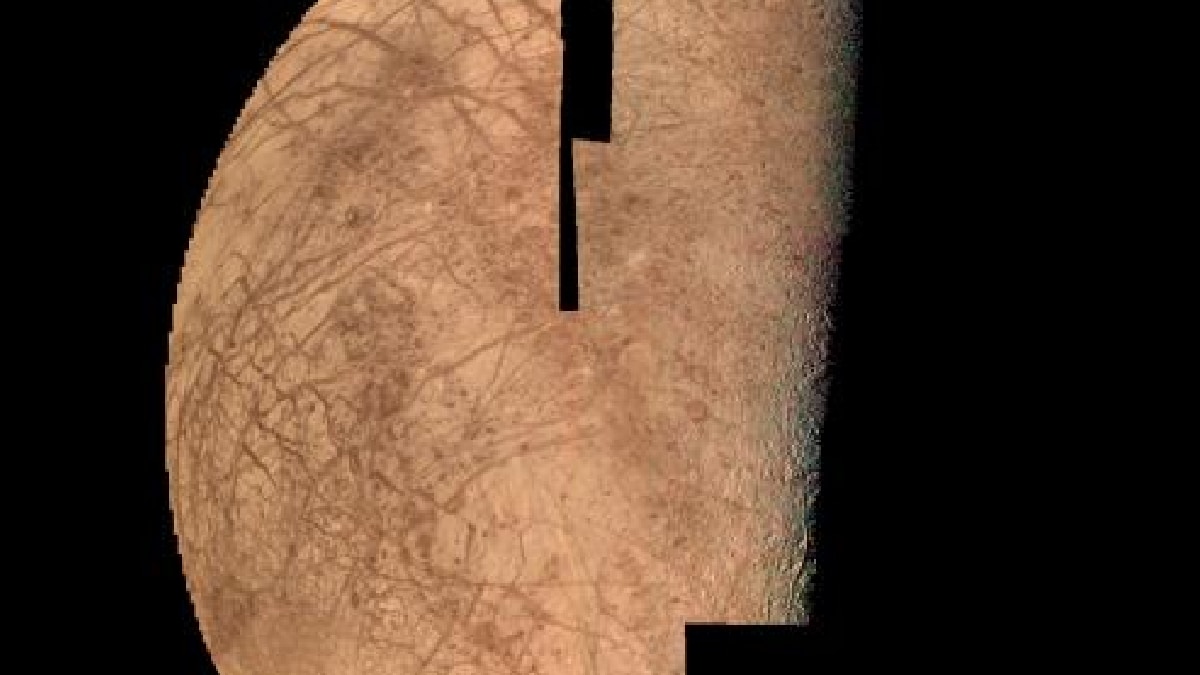Introduction
The NASA Europa Clipper mission is set to launch today, marking a significant milestone in our quest to understand the possibilities of life beyond Earth. The spacecraft, designed to explore Europa—a moon of Jupiter—aims to investigate the intriguing icy surface and the underlying ocean that scientists believe exists beneath. This groundbreaking mission is a collaborative effort that seeks to answer fundamental questions about the potential for extraterrestrial life in our solar system.
Mission Overview
The Europa Clipper spacecraft will be propelled into space by SpaceX’s Falcon Heavy rocket from Launch Complex 39A at the Kennedy Space Center in Florida. The ambitious journey to reach Europa involves traveling approximately 2.9 billion kilometers and is estimated to cost around $5 billion. The primary objective of this mission is to examine the environment on Europa to assess its habitability for potential life forms.
Why Europa?
Europa is often referred to as the “icy moon of Jupiter” due to its thick layer of ice covering what is believed to be a vast ocean beneath. This ocean is thought to contain more water than all of Earth’s oceans combined, making it a prime candidate for harboring life. The prospect of discovering microbial life or other forms of biological organisms could revolutionize our understanding of life in the universe.
Advanced Technology on Board
The Europa Clipper is equipped with cutting-edge scientific instruments that will enable comprehensive exploration of the moon’s surface and subsurface. Key technologies include:
- High-Resolution Cameras: To capture detailed images of Europa’s surface.
- Radar Systems: To penetrate the ice and study the ocean beneath.
- Magnetometers: To measure the moon’s magnetic field, helping to infer the depth and salinity of the ocean.
Journey Timeline
The launch of the Europa Clipper spacecraft in 2024 marks the beginning of an exciting journey that will last around six years, with an expected arrival at Jupiter by 2030. During its mission, the spacecraft is set to perform close flybys of Europa approximately 49 times, gathering extensive data and conducting in-depth studies from a low altitude to ensure detailed observations.
Scientific Significance
The success of the Europa Clipper mission could fundamentally change our understanding of alien life and the conditions that foster it. If the spacecraft discovers signs of life or habitable conditions beneath the icy surface, it will not only validate existing theories about life in extreme environments but also open up new avenues for research in astrobiology and planetary science. The implications of such findings could be profound, influencing our understanding of life’s existence beyond Earth and the potential for similar ecosystems on other celestial bodies.
Conclusion
The NASA Europa Clipper mission represents an extraordinary leap into the unknown, aiming to unlock the secrets of Jupiter’s icy moon. As we prepare for this monumental journey, the scientific community watches closely, hopeful for groundbreaking discoveries that may bring us one step closer to answering the age-old question: Are we alone in the universe?












